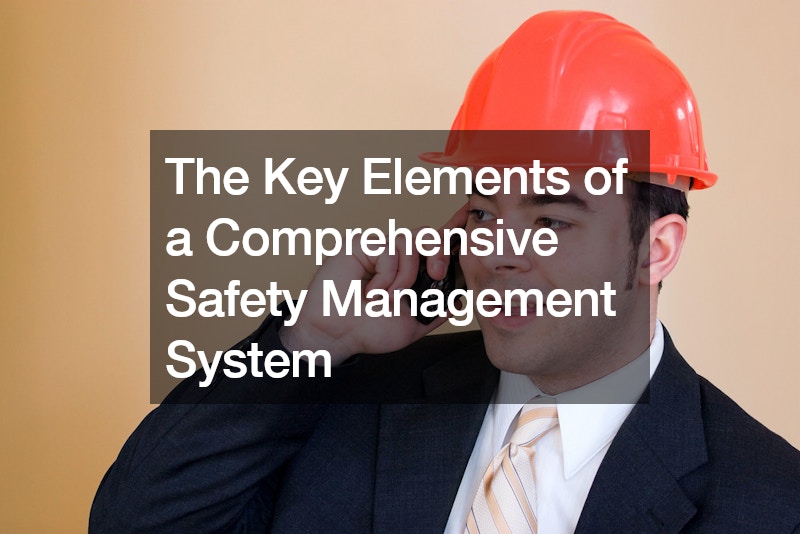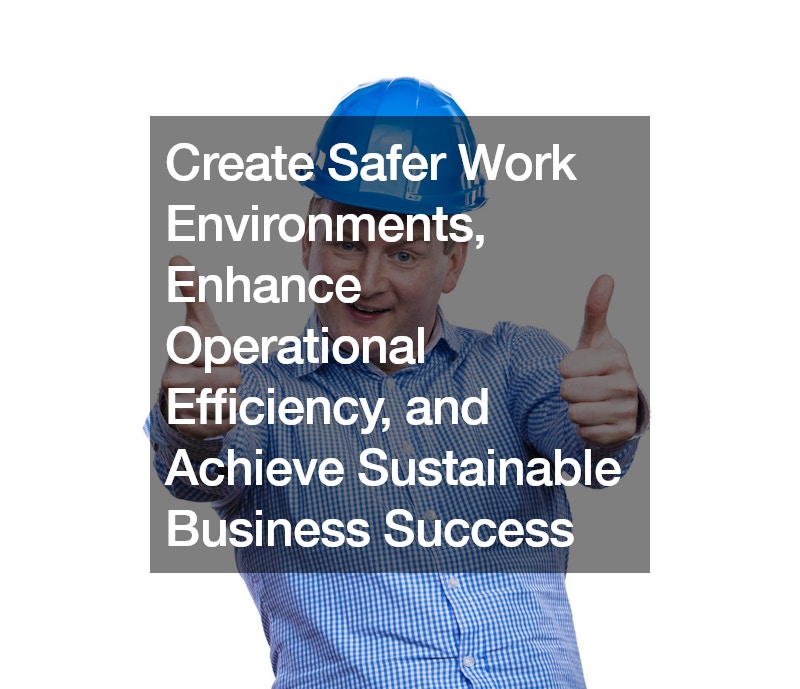In today’s dynamic work environments, ensuring the health and safety of employees is crucial for any organization. A robust Health, Safety, and Environment Management System (HSEMS) not only fosters a safe workplace culture but also enhances organizational efficiency and productivity. Whether you’re a small business or a large corporation, implementing a comprehensive HSEMS is essential. In this blog post, we’ll delve into the key elements that constitute an effective HSEMS, drawing insights from industry best practices and regulatory standards.
Organizational Commitment
At the core of any successful HSEMS lies a firm commitment from the organization’s leadership. This commitment should be evident at all levels, from top executives to frontline employees. Establishing clear policies, providing adequate resources, and promoting a culture of safety are crucial steps in demonstrating organizational commitment.
Hazard Identification, Assessment, and Control
The cornerstone of an HSEMS is the proactive identification, assessment, and control of workplace hazards. This involves conducting thorough risk assessments, implementing control measures, and regularly reviewing and updating hazard registers.
Risk assessments serve as the foundation for hazard identification, providing organizations with valuable insights into potential dangers present in the workplace. Once hazards are identified, the next step is to implement control measures to reduce or eliminate associated risks. This may involve implementing engineering controls such as installing safety guards or ventilation systems, administrative controls like establishing safety protocols and procedures or providing personal protective equipment (PPE) to workers. Regular review and updating of hazard registers are essential components of the hazard identification, assessment, and control process.
As workplaces evolve and new hazards emerge, it’s crucial for organizations to stay vigilant and adapt their risk management strategies accordingly. By identifying potential risks and mitigating them proactively, organizations can prevent accidents and injuries before they occur.
Health and Safety Committees
Effective communication and collaboration are vital for maintaining a safe work environment. Health and safety committees serve as a forum for employees and management to discuss safety concerns, review incident reports, and develop strategies for improvement. By involving employees in the decision-making process, organizations can foster a culture of ownership and accountability for safety.
Safety Training and Instruction
Proper training is essential for equipping employees with the knowledge and skills to perform their jobs safely. Whether it’s training on hazard recognition, emergency procedures, or equipment use, organizations must ensure that employees receive comprehensive safety training tailored to their roles and responsibilities. Regular refresher courses and ongoing education are also critical for reinforcing safety awareness. Employing risk management services further enhances the effectiveness of safety training initiatives. These services encompass organizing safety training sessions, developing a company safety manual, and providing ongoing support and guidance to employees.
Safe Work Procedures
Clear and concise safe work procedures are essential for guiding employees on how to perform tasks safely. These procedures should outline step-by-step instructions, safety precautions, and emergency protocols for various job activities. By standardizing work practices and minimizing ambiguity, organizations can reduce the likelihood of accidents and promote consistency across operations.
Contractor and Vendor Management
In today’s interconnected business landscape, organizations often collaborate with external parties, such as contractors, vendors, and suppliers. It’s crucial to incorporate these external stakeholders into the HSEMS and ensure they adhere to the same safety standards and protocols as internal employees. Implementing robust contractor management processes and conducting thorough safety assessments for external partners can help mitigate risks associated with outsourcing.
Workplace Inspections
Regular workplace inspections are essential for identifying hazards, assessing compliance with safety regulations, and monitoring the effectiveness of control measures. Whether conducted by internal safety personnel or external auditors, inspections provide valuable insights into the state of workplace safety and help drive continuous improvement initiatives.
Incident Investigation
Despite preventive measures, incidents may still occur in the workplace. Prompt and thorough incident investigation is crucial for identifying root causes, implementing corrective actions, and preventing recurrence. By analyzing incidents systematically and addressing underlying issues, organizations can strengthen their HSEMS and minimize the likelihood of future accidents.
Emergency Planning and Response
Effective emergency planning is essential for safeguarding employees, visitors, and assets in the event of unforeseen disasters or emergencies. Organizations should develop comprehensive emergency response plans, conduct regular drills and simulations, and ensure that employees are trained to respond effectively to various scenarios. By preparing for emergencies proactively, organizations can minimize the impact of adverse events and protect lives and property.
System Administration and Auditing
Lastly, the effective administration of the HSEMS is crucial for ensuring compliance, driving continuous improvement, and demonstrating accountability. This includes establishing clear roles and responsibilities, implementing robust documentation and record-keeping processes, and conducting regular internal audits to assess system effectiveness. By maintaining oversight and accountability, organizations can sustain a culture of safety and drive ongoing improvement in health and safety performance.
To conclude, a comprehensive HSEMS is essential for protecting employees, minimizing risks, and fostering a culture of safety within organizations. By incorporating the key elements outlined above and adhering to industry best practices, organizations can create safer work environments, enhance operational efficiency, and achieve sustainable business success.






